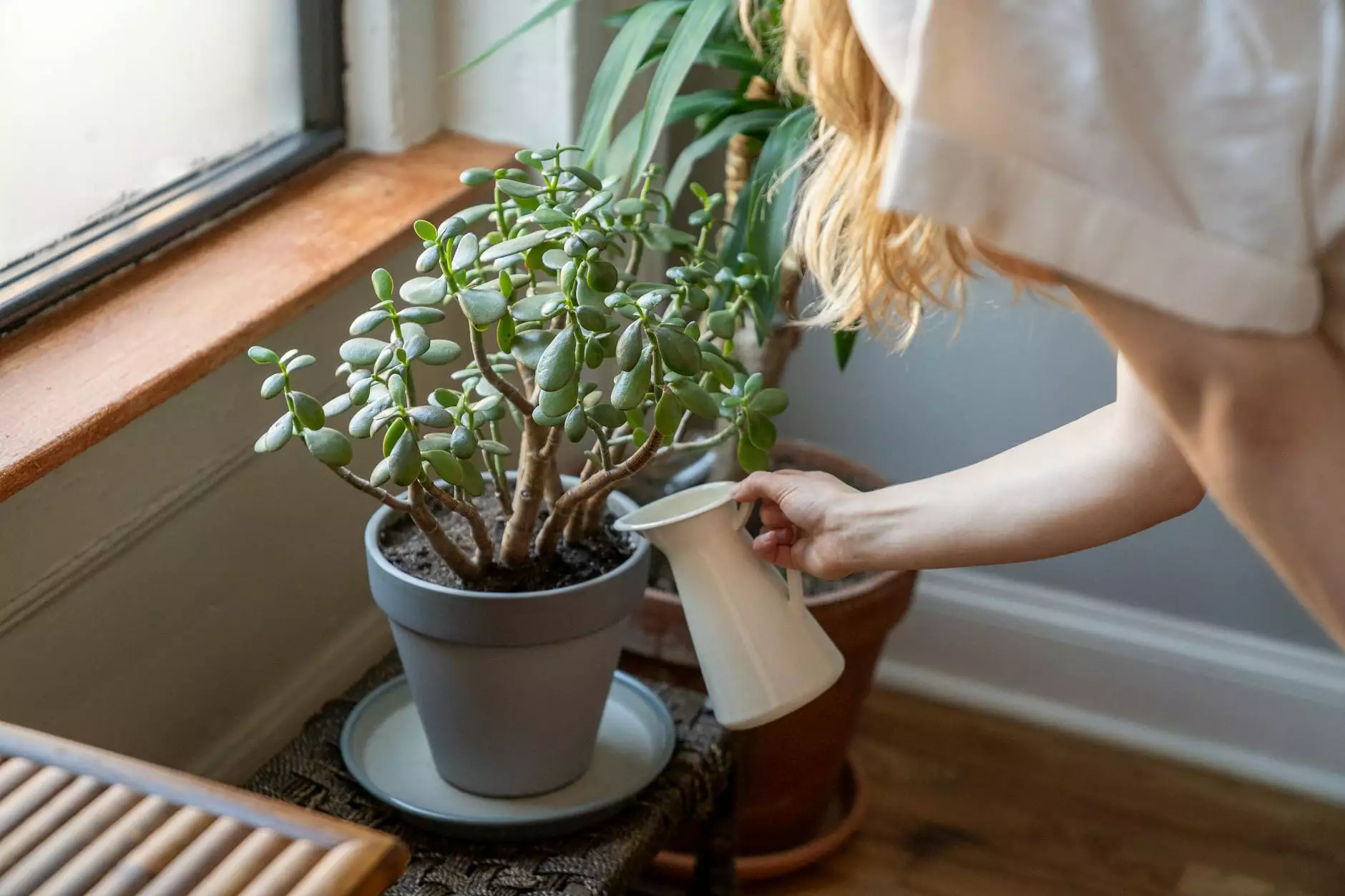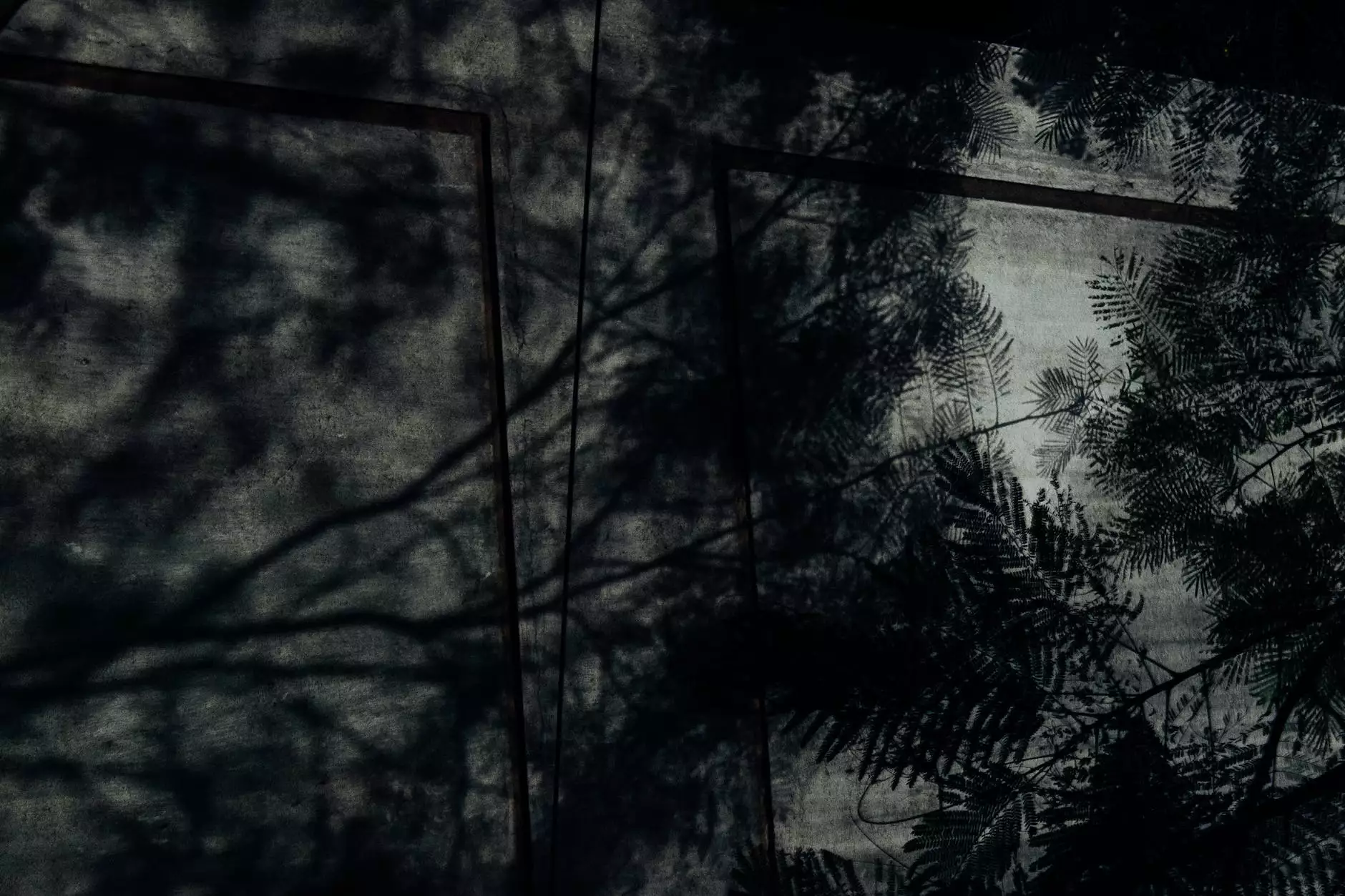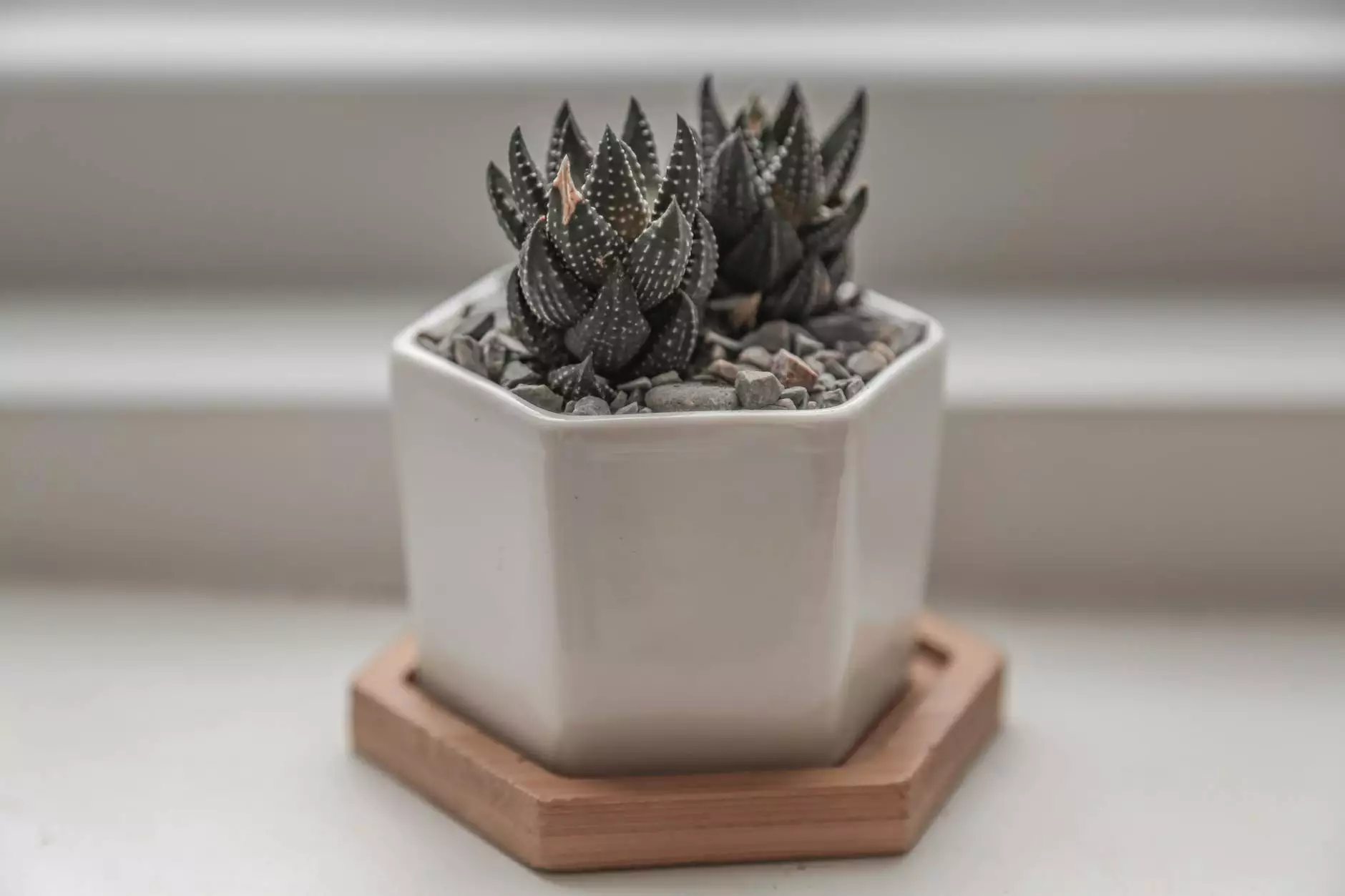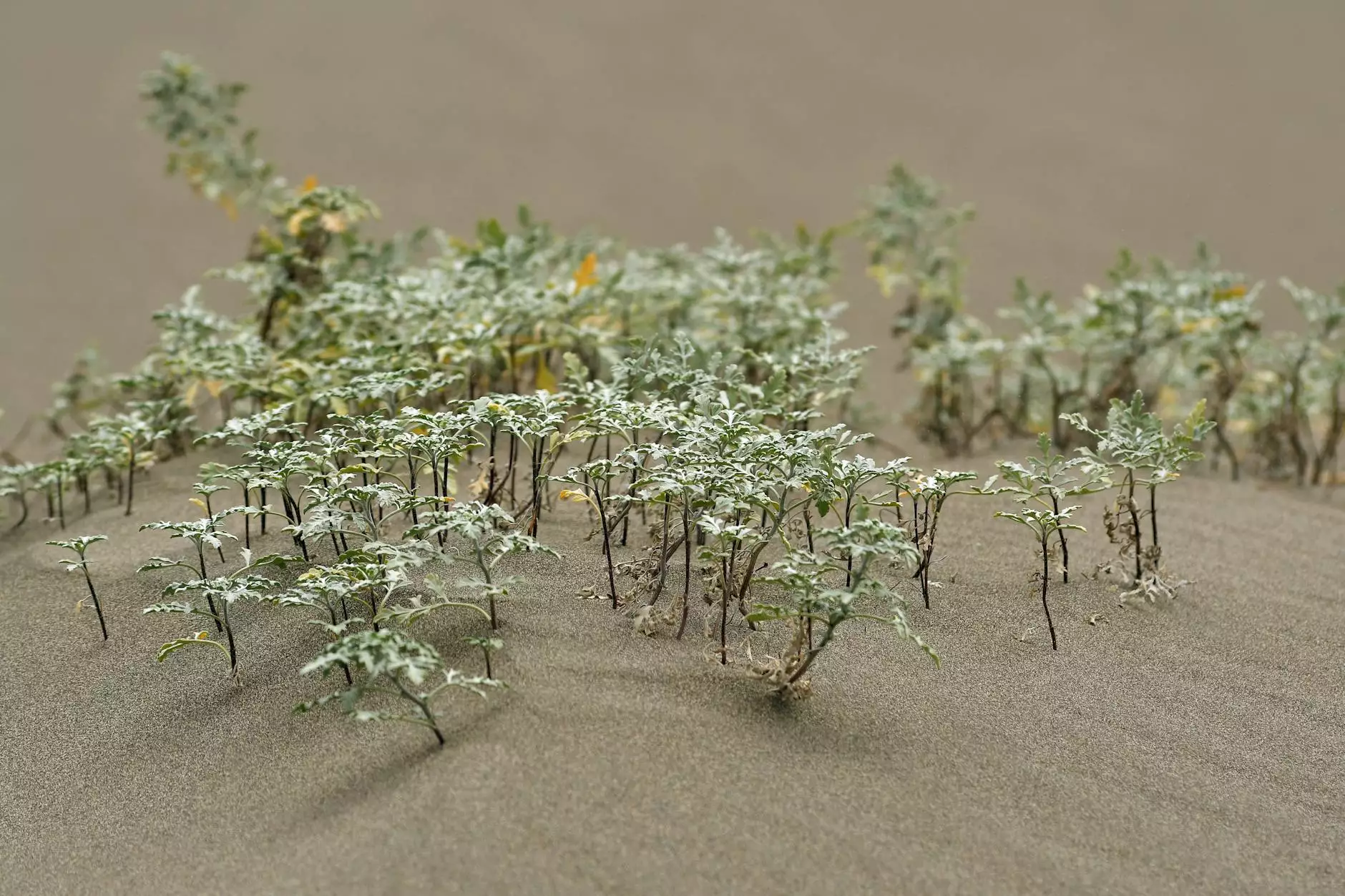Pitcher Plant & Houseplant Care

Introduction to Pitcher Plants
Pitcher plants, also known as Nepenthes, are fascinating carnivorous plants that belong to the Nepenthaceae family. They are known for their unique pitcher-shaped leaves that serve as traps to capture and digest insects. These plants are native to tropical regions and can be found in various parts of the world.
The Beauty of Pitcher Plants
Pitcher plants are prized for their natural beauty and the intricate structures of their pitchers. The pitcher structure is designed to attract insects with nectar, and once they enter the trap, they become trapped and eventually digested by the plant. This natural adaptation makes pitcher plants an interesting addition to any plant collection or garden.
Pitcher Plant Care Tips
Selecting the Right Location
When it comes to growing pitcher plants, providing the right environment is crucial. These plants thrive in bright, indirect light, so place them near a window or in an area with filtered sunlight. Avoid exposing them to direct sunlight as it can scorch the leaves. Additionally, pitcher plants prefer humid conditions, so consider placing a tray filled with water near the plant to increase moisture levels.
Watering and Moisture
Watering pitcher plants can be a bit tricky. They require a constant source of moisture, but overwatering can be detrimental. The best approach is to keep the soil evenly moist, but not waterlogged. Using distilled or rainwater is recommended, as tap water can contain high levels of minerals that might harm the plant over time. Avoid letting the soil dry out completely, as this can lead to dehydration and plant stress.
Feeding and Fertilization
As carnivorous plants, pitcher plants obtain nutrients from insects they catch. However, they may not always capture enough insects to meet their needs. Supplemental feeding can be provided by offering small prey, such as fruit flies or ants, directly to the pitchers. Avoid using conventional fertilizers, as they can harm the sensitive root system of pitcher plants. They are adapted to extract nutrients from captured insects rather than soil.
Pruning and Maintenance
Pitcher plants generally do not require extensive pruning. However, removing dead or dying pitchers can help maintain the plant's appearance and prevent the spread of diseases. Be gentle when handling the pitchers to prevent damage. Regularly inspect the plant for any signs of pests or diseases, such as aphids or mold, and take appropriate measures to address these issues promptly.
Propagation and Repotting
Propagating pitcher plants can be done through division or from seeds. Division involves separating the offshoots or rhizomes from the parent plant and replanting them in their own containers. When repotting pitcher plants, use a well-draining soil mix, such as a blend of sphagnum moss and perlite. Repotting is typically done when the plant outgrows its current container or every 2-3 years to refresh the soil.
Common Issues and Troubleshooting
Pitcher plants are generally hardy, but they can still encounter some issues. Here are a few common problems and their potential solutions:
- Pale or Small Pitchers: Insufficient light can cause pitchers to be pale or small. Move the plant to a brighter location.
- Brown or Black Spots on Leaves: Fungal or bacterial infections can cause discoloration. Trim affected leaves and improve ventilation around the plant.
- Loss of Pitchers: Dry conditions or low humidity can cause pitchers to dry up or fall off. Increase humidity levels or mist the plant regularly.
- Pest Infestation: Common pests include aphids, mealybugs, and scale insects. Remove pests manually or use organic insecticides specifically labeled for carnivorous plants.
Conclusion
Caring for pitcher plants can be a rewarding experience. Understanding their unique needs and providing the right conditions will help you enjoy their captivating beauty for years to come. At La Venezia Art & Fashion, we are passionate about providing valuable information and resources to help you succeed in cultivating tropical pitcher plants. Explore our collection of pitcher plants and embark on a journey of plant care and wonder.










